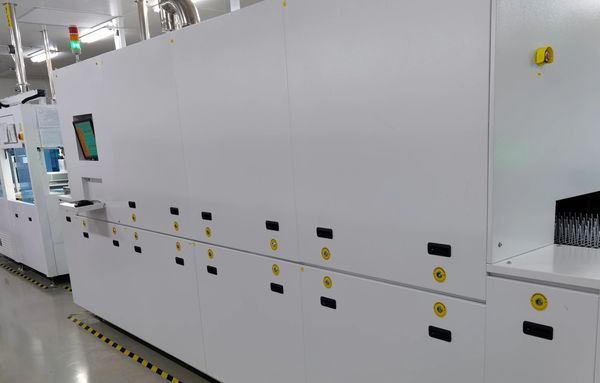
ZTERIAL HJT Heterojunction Solar Cell Pastes
ZTERIAL HJT heterojunction solar cell pastes include:
- ZTERIAL 100B for busbars
- ZTERIAL 200F for fine lines
- ZTERIAL 300L for low-temperature applications
- ZTERIAL 400C for silver-coated copper paste
Some major benefits of HJT heterojunction solar cells include: 1) High solar efficiency as one of the most efficient solar technologies in the industry. 2) Less affected by changes in temperature and light. This makes it great for applications in locations with high temperatures or weak light or even in extreme weather conditions. 3) HJT cell can produce electricity from both front and back sides. 4) Very low annual degradation rate. 5) Shorter production process. Only several steps involved in the manufacturing process of HJT cell: wafer processing, wet-chemical processing, core layer deposition, TCO deposition, and metallization.
A series of HJT silver pastes with ultra-low resistivity for screen printing, the highest solar cell efficiency and significantly reduced silver paste consumption, has been accomplished by using molecule-nanotechnology, This innovation enables HJT mass production costs to fall below those of PERC technology, marking a major advancement in cost-effective, high-performance solar cell manufacturing.

Heterojunction (HJT) solar cells are widely recognized as the next-generation cell technology following the PERC architecture. With their superior performance metrics, HJT cells are emerging as the most powerful contender in the future of solar technology.
HJT solar cells are constructed by sandwiching an N-type crystalline silicon (c-Si) wafer between thin layers of amorphous silicon (a-Si), integrating both crystalline and thin-film technologies. The three core materials used in HJT cells are crystalline silicon, amorphous silicon, and transparent conductive oxide (TCO).
While HJT technology offers natural advantages in terms of efficiency and long-term power generation, the primary challenge remains cost. Reducing production cost while enhancing efficiency is a critical objective for the HJT industry.

One of the main cost drivers is the high consumption of silver paste, largely due to the higher resistivity in conventional formulations. Through molecular nanotechnology innovations, silver pastes with reduced resistivity and lower silver content are now being developed, along with the use of silver-coated copper alternatives, which substantially reduce silver usage and associated costs. As a pioneer in low-temperature metallization pastes for HJT solar cells, we are committed to advancing and optimizing the metallization process. We have developed a portfolio of low-resistivity silver pastes for screen printing that feature high peel strength and significantly reduced silver consumption. These advancements are made possible by combining molecular nanotechnology with silver-coated copper technologies, enabling the overall cost of HJT mass production to be lower than that of PERC.
